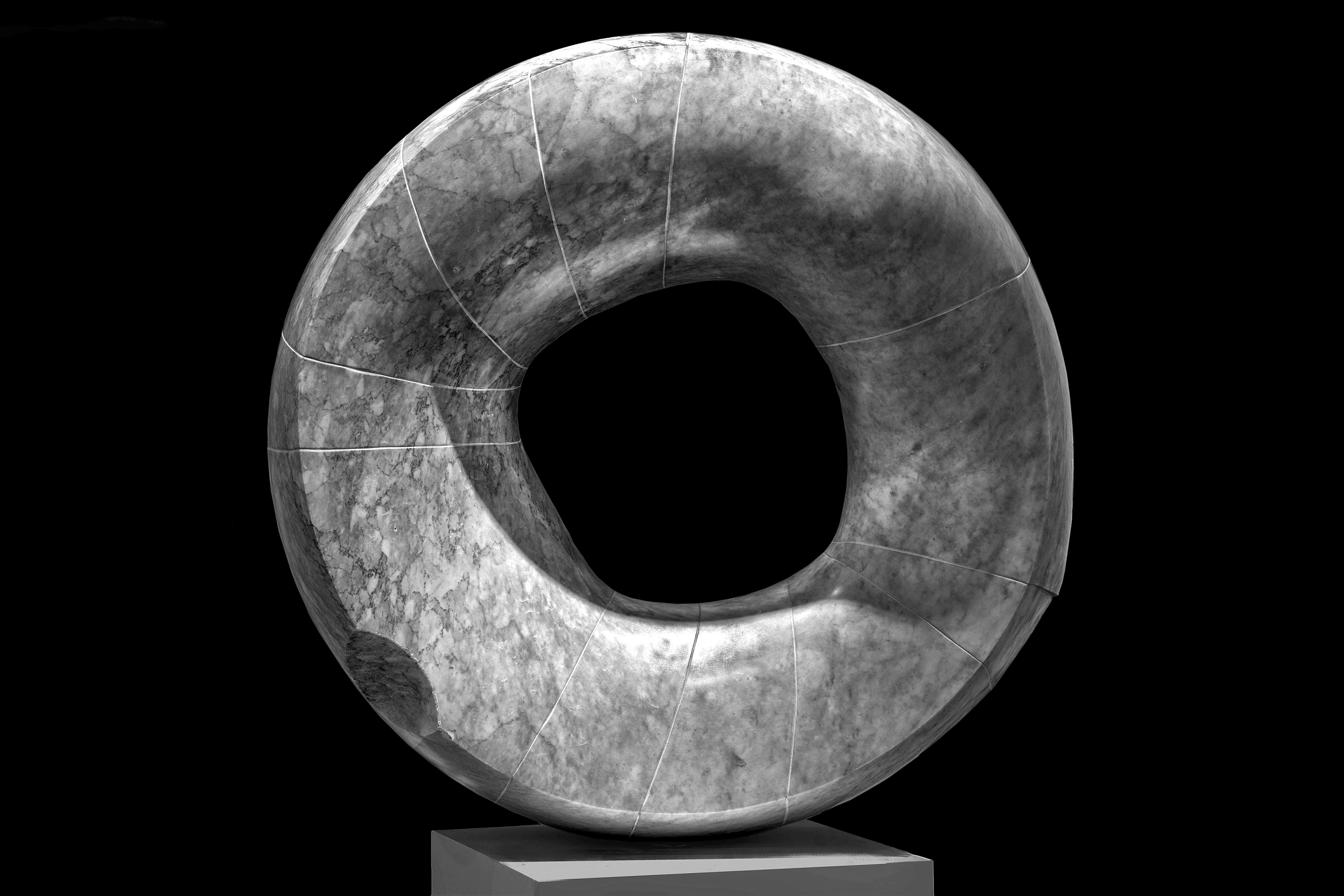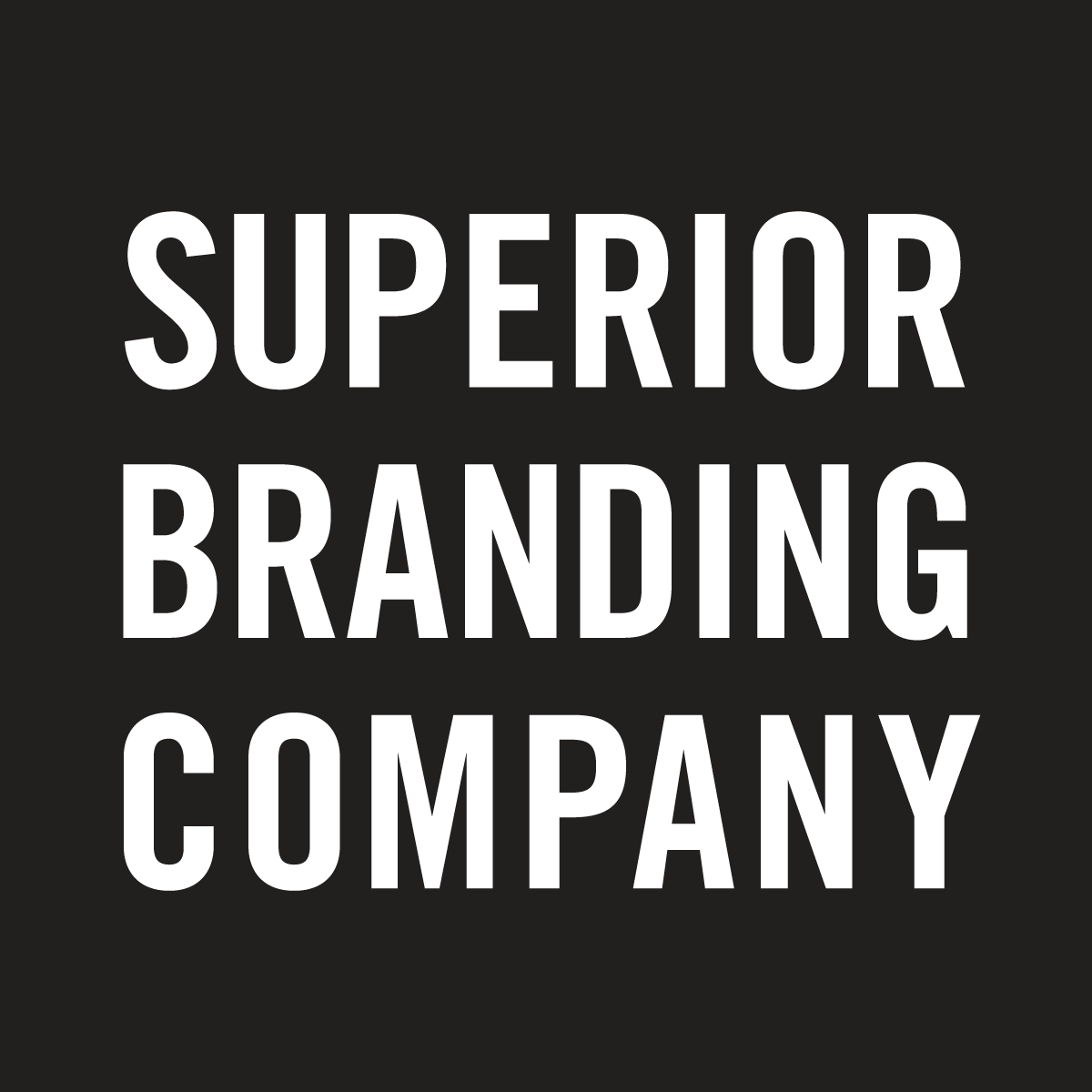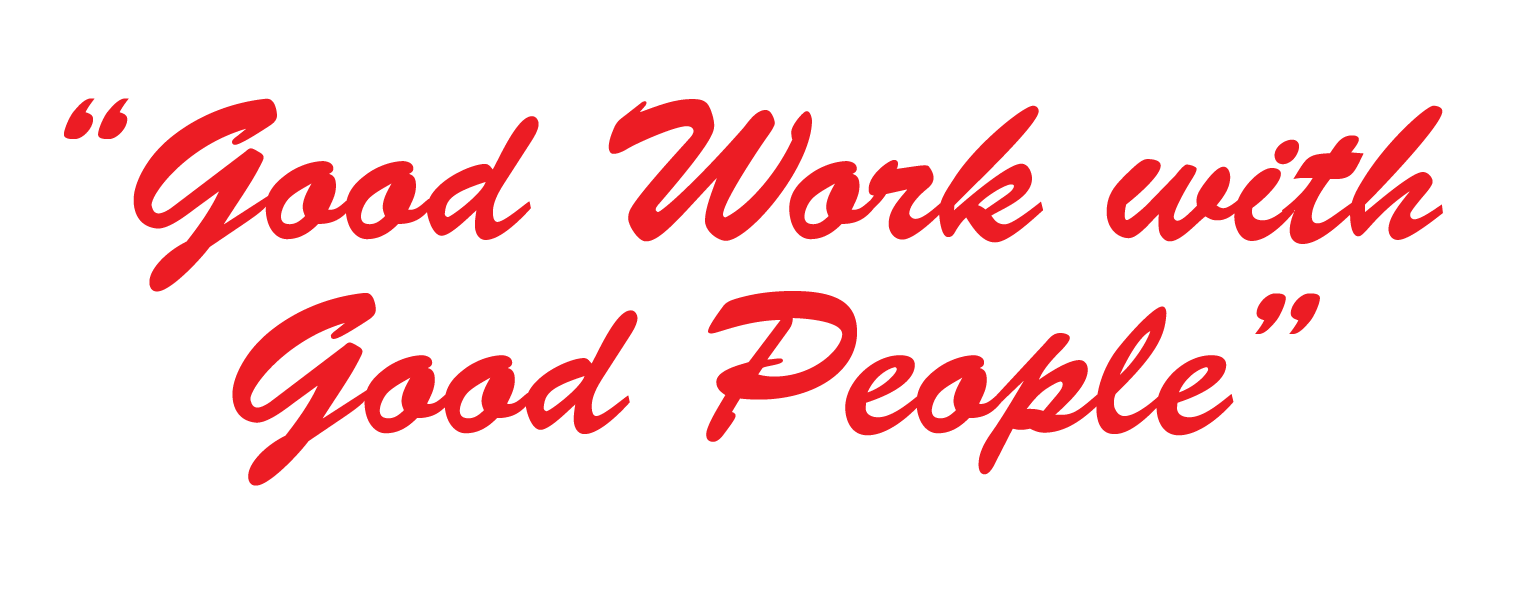Dynamic Archetypes Pt. III
Brand Strategy
Brand as a Whole Self: A New View of Archetypes

As we build brands in a rapidly changing marketplace, “Dynamic Archetypes” represent a new understanding in the field of archetypal study and practice. We’re supplementing the fixed notion of an “imaged” or traditional archetype with market-responsive ones. Dynamic archetypes are a dynamic set of complementary pairs that, when deployed in any system (in our case, branding and communications), provide a framework to navigate complexity and build authentic relationships.
We’ve created this series to introduce Dynamic Archetypes as the framework brands need to better understand themselves and the audiences they seek to reach.
If you haven’t read Parts I & II, start at the beginning.
Engagement Archetypes As we build brands in a rapidly changing marketplace, “Engagement Archetypes” represent a new understanding in the field of archetypal study and practice. We’re supplementing the fixed notion of an “imaged” or traditional archetype with market-responsive ones. Engagement archetypes are a dynamic set of complementary pairs that, when deployed in any system (in our case, branding and communications), provide a framework to navigate complexity and build authentic relationships.
We’ve created this series to introduce Engagement Archetypes as the framework brands need to better understand themselves and the audiences they seek to reach.
If you haven’t read Parts I & II, Start at the beginning.
As designers in the conversational marketplace, where brands must actively engage with their audiences to develop real relationships, we need to start thinking of archetypes not only as nouns (e.g. - The Hero), but as verbs. In interactions with their audiences, brands must ask themselves what aspects of their “self” are they acting out?
The way archetypes have been adopted at a brand level is not how they actually function in our individual and collective psyche. As individuals, we embody archetypes more than we are born out of them - they are not fixed states of being. Archetypes become activated within us, sometimes for a minute and sometimes we act out an archetype for the duration of our lives. Cultures who adorn masks as part of community rituals understand the dynamic nature of archetypes well. When the medicine man or woman puts on a mask to become a chosen God (the archetype), they dance, act, and heal the community with the archetypal energy that has been imbued to them during a period of “possession.” Different masks represent different Gods, or aspects of the Self, and they can put down one and pick up another.
The notion that we are a fixed archetype as an individual is limiting, and the same extends to how we view brands. We must include responsive growth based on self-inquiry as another part of our toolkit. The dynamic view of archetypes is not to replace the traditional twelve as centerpoints of brand meaning, but to complement them with responsive ones.
Successful brands in 2019 are built on relating to their audiences empathically. To do this effectively brands must have to see themselves as a whole person, with aspects that are in relation to their own authentic internal self (i.e.- a traditional archetype) and the market that they exist in. Understanding archetypes as dynamic helps us navigate the complexity of fast-paced conversations, engagements, and situations requiring focused brand actions.
A dynamic view of archetypes also equips brands with a tool of self inquiry. Both internally (organization-centric) and externally, dynamic archetypes surface what brands are under-emphasizing or over-emphasizing, then they can take actionable steps to recalibrate their brand self holistically. As individuals, we understand that self-inquiry is a key to growth, and with the right tool, brands can take this view as well. The discoveries brands make about themselves become the basis for authenticity in a market that wants us to look and act the same.
We have developed dynamic archetypes as a dynamic set of complementary pairs that, when deployed in any system (in our case, branding, communications, and organizational health), provide a framework for self-inquiry and engaging with a new marketplace. The mandala is the map of the whole person, or in this case, the whole brand self. Carl Jung identified mandalas as key to mapping aspects of the archetypal unconscious in a unified diagram of The Self (i.e. or wholeness).
This framework is a responsive system of archetypes to complement the traditional twelve, adding to our brand vocabulary active verbs that initiate self-inquiry. They are meant to be used not once, but ongoing as a snapshot of where a brand is out of balance with its whole self. For real growth, the process of self-inquiry must be continuous.
As we move from a curated paradigm to a behaved one, this framework understands archetypes not only as images but as actions.
As designers in the conversational marketplace, where brands must actively engage with their audiences to develop real relationships, we need to start thinking of archetypes not only as nouns (e.g. - The Hero), but as verbs. In interactions with their audiences, brands must ask themselves what aspects of their “self” are they acting out?
The way archetypes have been adopted at a brand level is not how they actually function in our individual and collective psyche. As individuals, we embody archetypes more than we are born out of them - they are not fixed states of being. Archetypes become activated within us, sometimes for a minute and sometimes we act out an archetype for the duration of our lives. Cultures who adorn masks as part of community rituals understand the dynamic nature of archetypes well. When the medicine man or woman puts on a mask to become a chosen God (the archetype), they dance, act, and heal the community with the archetypal energy that has been imbued to them during a period of “possession.” Different masks represent different Gods, or aspects of the Self, and they can put down one and pick up another.
The notion that we are a fixed archetype as an individual is limiting, and the same extends to how we view brands. We must include responsive growth based on self-inquiry as another part of our toolkit. The dynamic view of archetypes is not to replace the traditional twelve as centerpoints of brand meaning, but to complement them with responsive ones.
Successful brands in 2019 are built on relating to their audiences empathically. To do this effectively brands must have to see themselves as a whole person, with aspects that are in relation to their own authentic internal self (i.e.- a traditional archetype) and the market that they exist in. Understanding archetypes as dynamic helps us navigate the complexity of fast-paced conversations, engagements, and situations requiring focused brand actions.
A dynamic view of archetypes also equips brands with a tool of self inquiry. Both internally (organization-centric) and externally, dynamic archetypes surface what brands are under-emphasizing or over-emphasizing, then they can take actionable steps to recalibrate their brand self holistically. As individuals, we understand that self-inquiry is a key to growth, and with the right tool, brands can take this view as well. The discoveries brands make about themselves become the basis for authenticity in a market that wants us to look and act the same.
We have developed dynamic archetypes as a dynamic set of complementary pairs that, when deployed in any system (in our case, branding, communications, and organizational health), provide a framework for self-inquiry and engaging with a new marketplace. The mandala is the map of the whole person, or in this case, the whole brand self. Carl Jung identified mandalas as key to mapping aspects of the archetypal unconscious in a unified diagram of The Self (i.e. or wholeness).
This framework is a responsive system of archetypes to complement the traditional twelve, adding to our brand vocabulary active verbs that initiate self-inquiry. They are meant to be used not once, but ongoing as a snapshot of where a brand is out of balance with its whole self. For real growth, the process of self-inquiry must be continuous.
As we move from a curated paradigm to a behaved one, this framework understands archetypes not only as images but as actions.
*The Dynmaic Archetypes are based on modeling developed by archetypal psychologist Dr. Howard Teich (a pioneer in conscious empathy and integrated models of behavior change), and partnership with Howard Freidman.
*The Dynmaic Archetypes are based on modeling developed by archetypal psychologist Dr. Howard Teich (a pioneer in conscious empathy and integrated models of behavior change), and partnership with Howard Freidman.

Superior Branding Company uses dynamic archetypes in workshop settings as a tool for brands to better understand themselves. Ask us how at hello@superiorbranding.co
Superior Branding Company uses engagement archetypes in workshop settings as a tool for brands to better understand themselves. Ask us how at hello@superiorbranding.co
Get the quarterly newsletter
CONTACT US | OUR STORE | INSTAGRAM
hello@superiorbranding.co
©2022 Superior Branding Enterprises, Inc.

